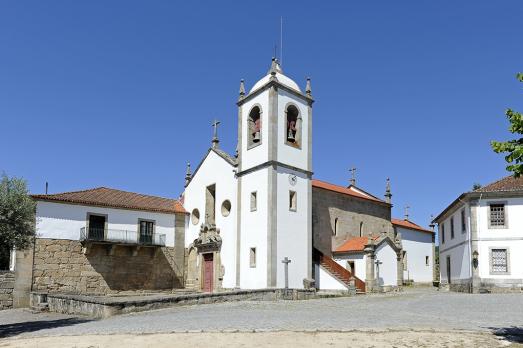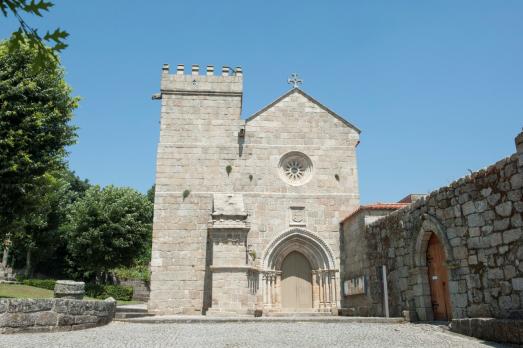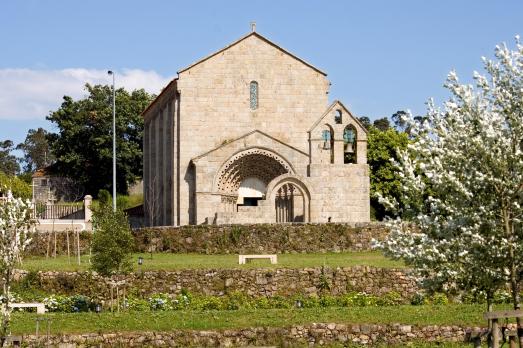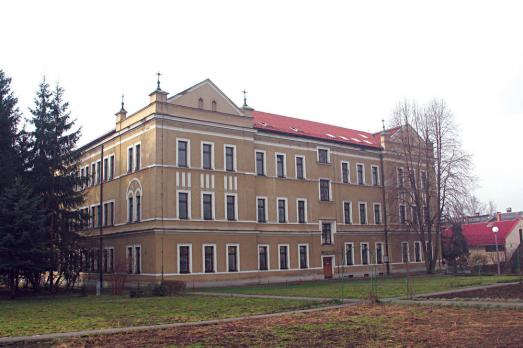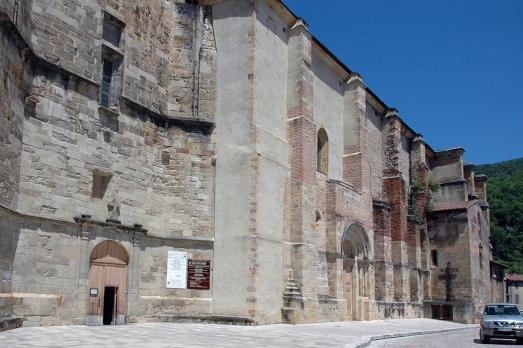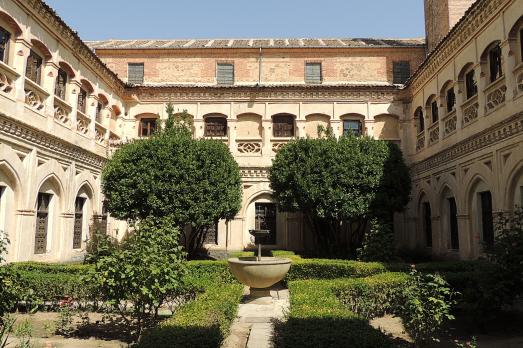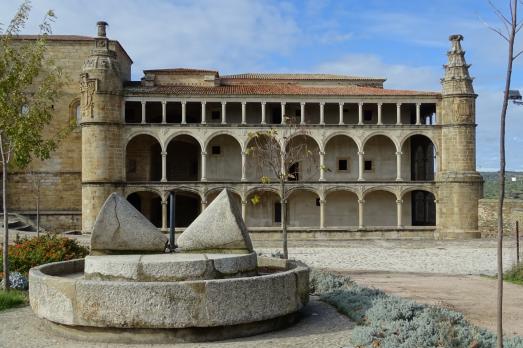
Monastery of Saint Mary of Pombeiro
Felgueiras, PT
Saint Mary of Pombeiro was one of the most important Benedictine monasteries in the area between the Douro and Minho rivers and was founded by D. Gomes Echiegues and his wife Gontroda in 1102. The Church, built between the 12th and 13th centuries, features three naves, divided by diaphragm-arches with painted wooden ceilings on the lateral naves. The original plant of the chancel, rebuilt in the 18th century, was semi-circular, typical of the Romanesque style, as were the still existing apses [secondary chapels]. The main portal capitals are a remarkable example of Romanesque sculpture. The two tombs with sculpture were part of the funerary centre sheltered in the now-vanished galilee, which was linked to the nobility of this territory, including families such as the Sousas or Sousões and the Ribavizelas. In the apses, there are two themes of mural painting: one probably representing Saint Blaise and another representing Saint Amarus and Saint Placidus. The image of the Patron featured in the main retable (the main altar) is possibly a Gothic-style work from between the 14th and 15th centuries. Much was altered between the 16th to 20th centuries: the Church received a set of rococo-style gilded wood, which was worked by the renowned friar José de Santo António Ferreira Vilaça.
